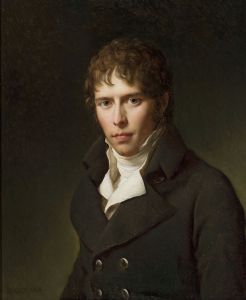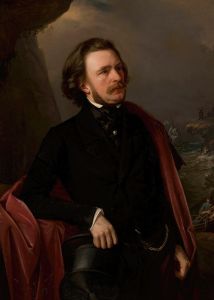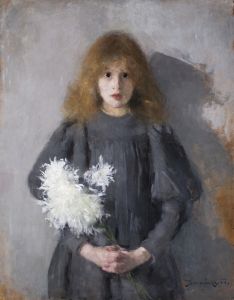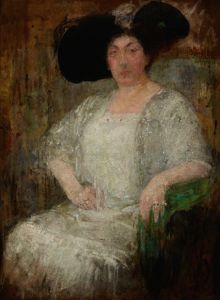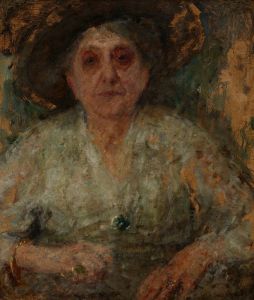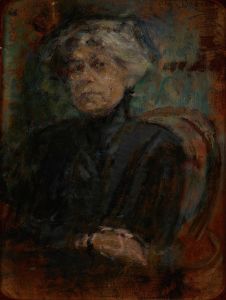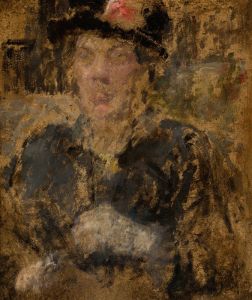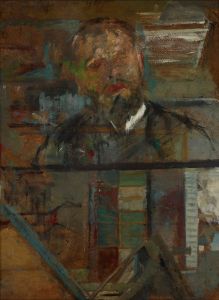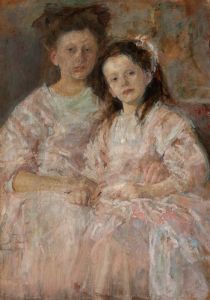
Portrait of Architect Franciszek Mączyński
A hand-painted replica of Olga Boznanska’s masterpiece Portrait of Architect Franciszek Mączyński, meticulously crafted by professional artists to capture the true essence of the original. Each piece is created with museum-quality canvas and rare mineral pigments, carefully painted by experienced artists with delicate brushstrokes and rich, layered colors to perfectly recreate the texture of the original artwork. Unlike machine-printed reproductions, this hand-painted version brings the painting to life, infused with the artist’s emotions and skill in every stroke. Whether for personal collection or home decoration, it instantly elevates the artistic atmosphere of any space.
"Portrait of Architect Franciszek Mączyński" is a painting by the renowned Polish artist Olga Boznańska. Created in 1902, the work is a striking example of Boznańska's distinctive portraiture style, which is characterized by its psychological depth, subdued color palette, and loose, expressive brushwork. The painting depicts Franciszek Mączyński, a prominent Polish architect known for his contributions to the architectural landscape of Kraków during the late 19th and early 20th centuries.
In this portrait, Boznańska captures Mączyński in a contemplative pose, emphasizing his intellectual presence and professional demeanor. The composition is relatively simple, with the focus placed squarely on the sitter. Boznańska's use of muted tones and soft, diffused lighting creates an intimate atmosphere, drawing the viewer's attention to Mączyński's facial expression and posture. Her technique, which often involved layering thin glazes of paint, lends the work a sense of depth and texture.
Olga Boznańska (1865–1940) was one of the most celebrated Polish painters of her time, recognized for her contributions to modern European art. She was associated with the Young Poland movement, which sought to break away from traditional artistic conventions and embrace more innovative and expressive forms of art. Boznańska's portraits, in particular, are noted for their ability to convey the inner lives of her subjects, often eschewing elaborate backgrounds or props in favor of a more focused and introspective approach.
Franciszek Mączyński (1874–1947), the subject of this portrait, was a key figure in Polish architecture. He is best known for designing several significant buildings in Kraków, including the Palace of Art (Pałac Sztuki), which serves as a hub for exhibitions and cultural events. Mączyński's work often blended elements of Art Nouveau with traditional Polish architectural motifs, reflecting the broader cultural currents of his time.
The painting is housed in the National Museum in Kraków, where it is part of the institution's extensive collection of Polish art. It remains an important example of Boznańska's ability to combine technical skill with emotional resonance, offering insight into both the artist's unique style and the cultural milieu of early 20th-century Poland.
This portrait not only highlights Boznańska's mastery as a painter but also serves as a testament to the interconnectedness of art and architecture during a period of significant cultural and artistic transformation in Poland.





